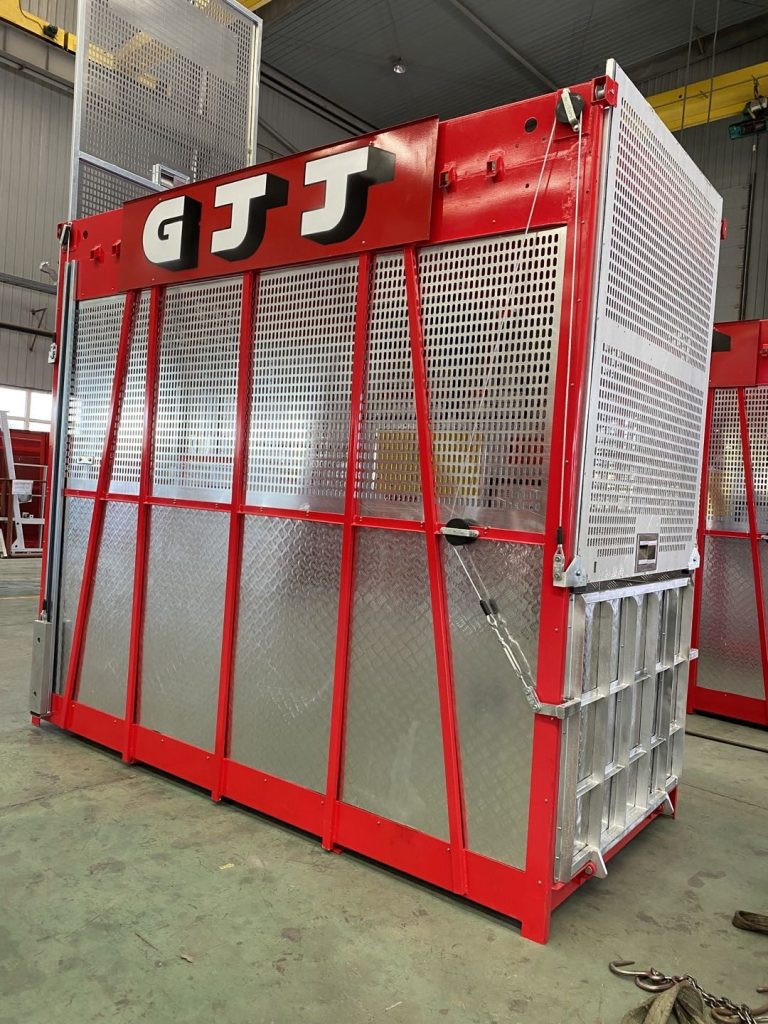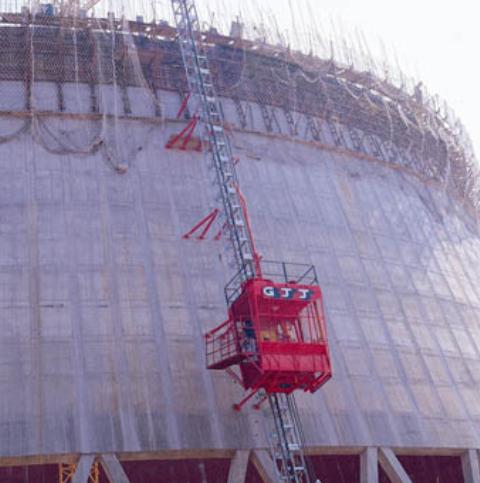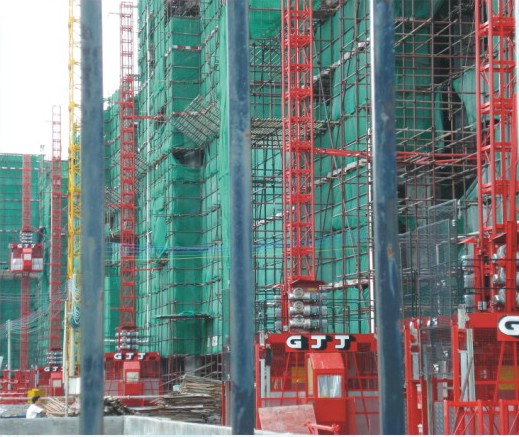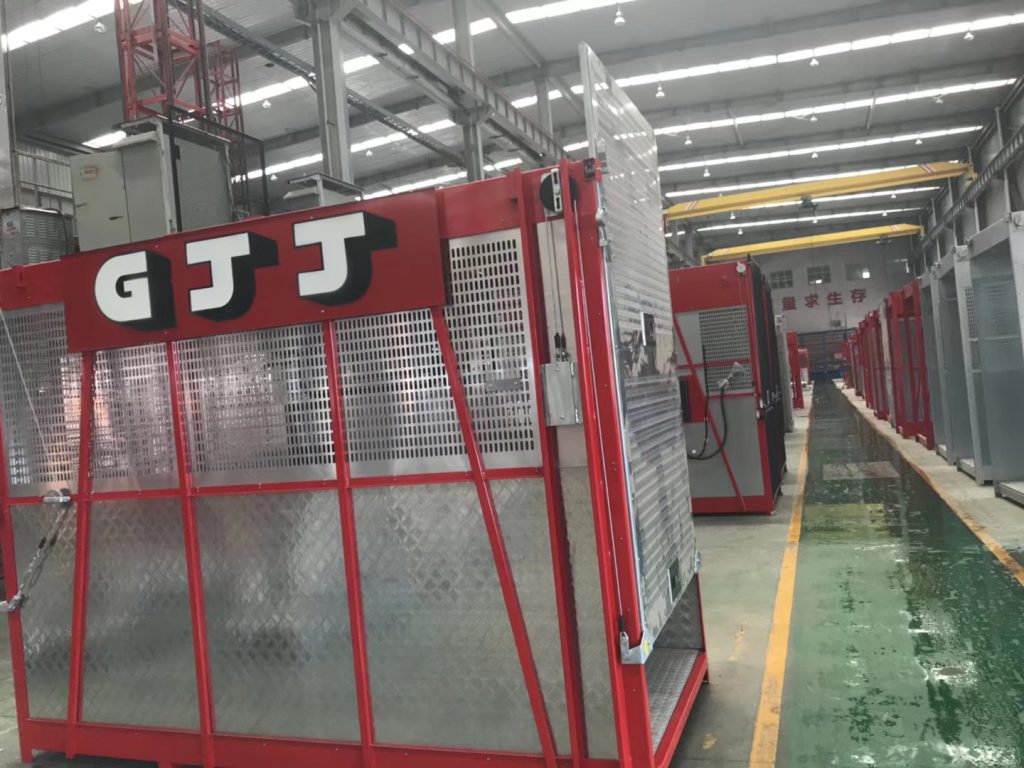Improper use of construction material hoists can lead to serious accidents, including falls, collisions, electrocutions, and entrapments, causing injuries or even fatalities. This guide aims to provide a comprehensive overview of the safe use of construction material hoists, covering their components, operating principles, safety regulations, and essential operating and maintenance procedures.
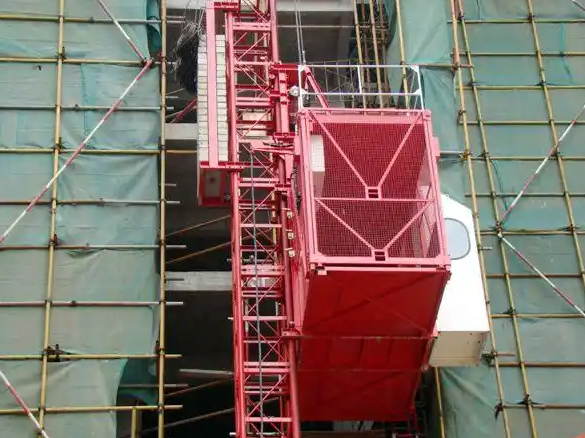
Understanding Construction Material Hoists
Components of a Construction Material Hoist
| Mast | The vertical support structure of the hoist, providing stability and guiding the movement of the hoisting mechanism. |
| Drum | The rotating cylinder around which the hoisting cable winds. |
| Brakes | Essential safety devices that prevent uncontrolled movement of the load. |
| Controls | The operator’s interface, including levers, buttons, and displays for controlling hoist functions (e.g., lifting, lowering, hoist rotation). |
| Load Hooks | The attachment points for connecting the hoisting cable to the load. |
| Counterweights | Used to balance the load and maintain stability. |
Operating Principles of a Construction Material Hoist
Material hoists operate using a system of pulleys, cables, and drums. The operator controls the hoisting mechanism to raise or lower the load. Brakes engage to prevent the load from falling if the hoisting mechanism fails. Counterweights help to balance the load and ensure smooth and controlled movement.
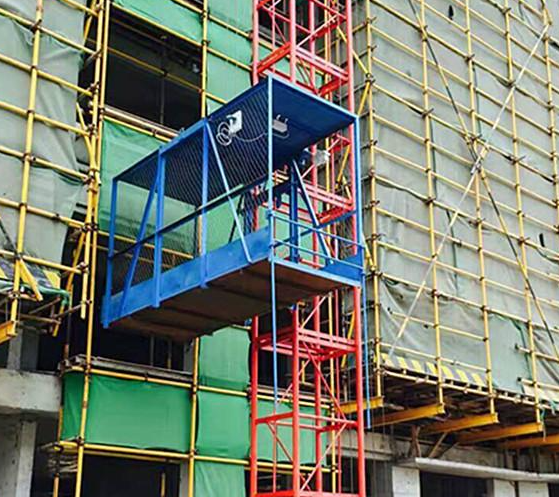
Safety Regulations and Standards of Construction Material Hoists
Relevant Standards: Safe operation of construction material hoists is governed by a comprehensive set of safety standards and regulations.
Importance of Compliance: Adherence to all applicable safety regulations and standards is paramount for ensuring the safety of workers and preventing accidents. Non-compliance can result in:
- Serious injuries or fatalities: Violations of safety regulations can lead to accidents with devastating consequences.
- Fines and penalties: Companies and individuals may face significant fines for non-compliance with safety regulations.
- Legal liabilities: In case of accidents, non-compliance can expose companies to legal liabilities and lawsuits.
- Damage to reputation: Safety violations can damage a company’s reputation and negatively impact its business.
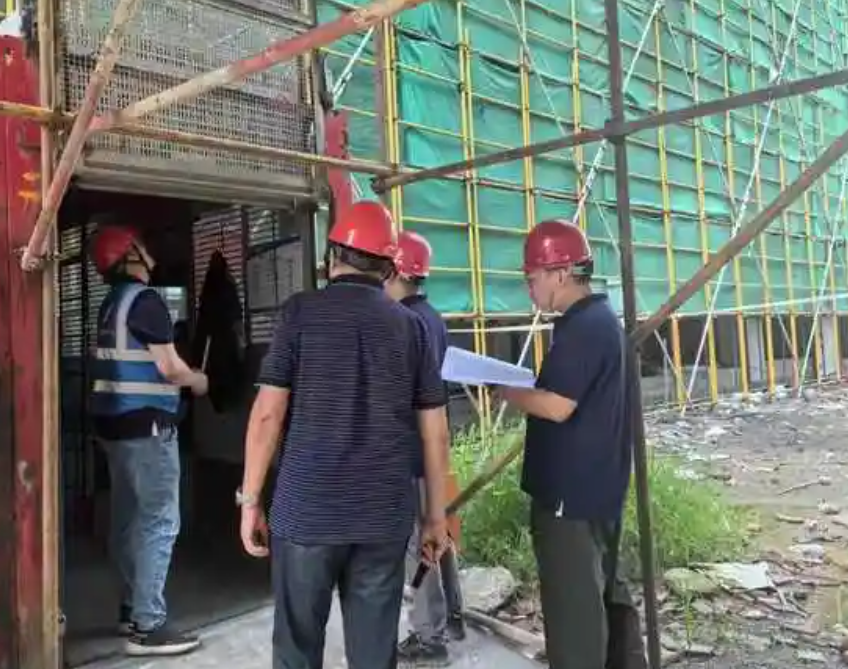
Safe Operating Procedures of Construction Material Hoists
Pre-Operational Checks
- Before each shift, conduct a thorough pre-operational inspection of the entire hoisting system.
- Check for any signs of wear, damage, or malfunction in components such as cables, drums, brakes, and load hooks.
- Inspect all safety devices, including limit switches and emergency stop buttons.
- Ensure proper lubrication and maintenance of all moving parts as per the manufacturer’s recommendations.
- Never operate the hoist if any defects or malfunctions are identified.
Operator Training and Qualifications
- Only qualified and trained operators should be permitted to operate material hoists.
- Operator training programs should cover all aspects of hoist operation, including safety procedures, emergency response, and equipment maintenance.
- Regular refresher courses are essential to maintain operator competency and ensure up-to-date knowledge of safety procedures.
Load Capacity and Weight Limits
- Always ensure that the weight of the load does not exceed the hoist’s rated load capacity.
- Properly balance and distribute the load to prevent overloading and potential tipping hazards.
- Use appropriate rigging and lifting gear, such as slings, chains, and hooks, that are rated for the weight of the load.
- Never attach multiple loads to the hook unless specifically designed for such use.
Safe Lifting and Lowering Techniques
- Perform all lifting and lowering operations smoothly and under controlled conditions.
- Avoid sudden starts, stops, or jerky movements that can damage the load, cause equipment malfunction, or injure workers.
- Maintain clear and consistent communication between the hoist operator and ground crew using established signals and procedures.
Emergency Procedures
- Develop and implement clear emergency procedures for various scenarios, including power failures, equipment malfunctions, entrapments, and accidents.
- Conduct regular emergency drills to familiarize workers with the procedures and ensure a coordinated response in case of an emergency.
Site Safety Measures
- Properly plan and implement site layout to ensure adequate clearance zones around the hoist.
- Establish designated work zones for ground crews and clearly demarcate restricted areas.
- Implement measures to prevent falling objects from striking workers or equipment.
- Use barricades, netting, or other appropriate means to protect workers from falling objects.

Maintenance and Inspections of Construction Material Hoists
Regular Maintenance Schedule
A comprehensive maintenance program is essential for ensuring the safe and reliable operation of construction material hoists. This program should include a schedule of regular inspections, with varying frequencies depending on the intensity of use and manufacturer recommendations.
Daily Inspections
- Visual inspections of all components for any signs of wear, damage, or unusual noises.
- Check for proper operation of safety devices, such as limit switches and emergency stop buttons.
- Verify the integrity of all connections and ensure proper lubrication where necessary.
Weekly Inspections
- More in-depth inspections of critical components, including cables, drums, and brakes.
- Check for signs of wear and tear on cables, such as fraying, birdcaging, or excessive elongation.
- Thoroughly inspect brake systems for proper function and adjust as needed.
- Conduct functional tests of all operating mechanisms.
Monthly Inspections
- Comprehensive inspections of the entire hoisting system, including all electrical systems, controls, and safety devices.
- Perform load tests to verify the hoist’s capacity and ensure proper function under load.
- Document all inspection findings and any necessary repairs or adjustments.
Addressing Maintenance Issues
- Tracking Equipment History: Records provide a comprehensive history of the hoist’s maintenance and repair activities.
- Identifying Potential Problems: By analyzing maintenance records, potential issues can be identified and addressed proactively.
- Demonstrating Compliance: Accurate records can demonstrate compliance with safety regulations and industry best practices.
- Improving Maintenance Efficiency: Records can help identify areas for improvement in the maintenance program and optimize maintenance schedules.
For more detail please you can red the article titled Safety Issues with Construction Hoists and Preventive Measures.
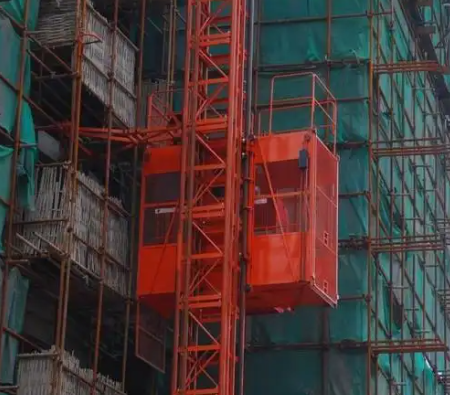
Prioritize safety in all hoisting operations. Invest in operator training, conduct regular inspections, and maintain a proactive approach to safety to create a safer and more productive work environment for all. CPTC is a professional hoist supplier that will continue to give you the related information and high-quality products you need.
Related Products
Passenger and Material Hoist
Use high-quality steel
Simple and cost-saving
Curve Hoist
Self-Leveling
Versatile Applications
Adjustable Cage
SC Series Frequency Conversion Hoist
Frequency conversion control system.
Smooth starting and braking, less mechanical…
SC Series General Hoist
With a lightweight…

